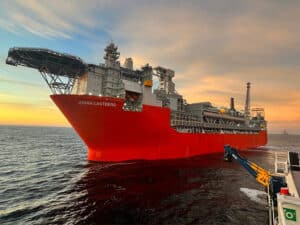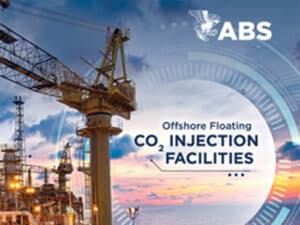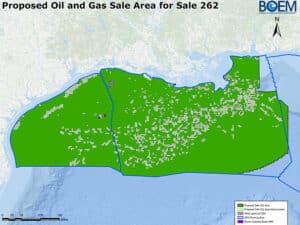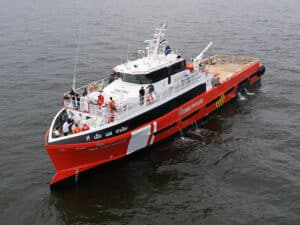
Rolls-Royce delivers thrusters for giant construction vessel
Written by Nick Blenkey JUNE 19, 2012 — Rolls-Royce has delivered 13 large azimuth thrusters for Pieter Schelte, the world’s largest construction vessel, currently being built at Daewoo Shipbuilding & Marine Engineering, South Korea. for Switzerland based Allseas Group.
JUNE 19, 2012 — Rolls-Royce has delivered 13 large azimuth thrusters for Pieter Schelte, the world’s largest construction vessel, currently being built at Daewoo Shipbuilding & Marine Engineering, South Korea. for Switzerland based Allseas Group.
The contract is worth around £18 million and is the largest ever Rolls-Royce thruster order for a single vessel.
The thrusters rotate 360 degrees and propel and position the 382.m x 117 ship, which measures 382 metres in length and 117 m Pieter Schelte, which is set to enter service in 2014. It will acarry out installation and decommissioning of oil and gas platforms and pipeline installation projects worldwide.
Kari Välimaa, Rolls-Royce, Operations Director- Finland, said: “We are delighted to deliver our largest ever thruster order to power this record-breaking vessel. This vessel is massive, and the load that it is intended to carry will be equally hefty. Rolls-Royce azimuth thrusters are the ideal solution for the work this ship will undertake due to their reliability and high performance, which are business critical for the offshore industry.”
The Pieter Schelte features a unique design concept with a displacement at full load of nearly 900,000 tonnes. It is capable of lifting 48,000 tonnes and the pipelay tension capacity will be 2,000 tonnes, doubling the capacity of the world’s current largest pipelay vessel, Allseas’ Solitaire.
Pieter Schelte will be 382 m long and 117 m wide. Positioned at the bow is a slot, 122 m long and 52 m wide, where topsides are lifted using eight sets of horizontal lifting beams. Two tilting lift beams, for the installation or removal of jackets, are located at the vessel’s stern. The tilting lift beams can also be used as regular crane lifts for the installation and/or removal of structures such as modules and bridges.
Her large ship size gives Pieter Schelte a very good wave response behavior, superior to semi-submersible crane vessels in operational wave conditions; topsides and jackets can be installed and/or removed in significant wave heights of up to 3.5 m.
She will be equipped with eight main diesel generators, providing a total installed power of 95 MW. She will have a maximum speed of 14 knots and accommodate up to 571 persons in two-berth cabins.
Pieter Schelte’s primary area of focus is the removal (in accordance with OSPAR ’98 regulations) of large steel jacket based platforms in hostile areas such as the North Sea, as well as the less challenging areas of the world. She will target the decommissioning of topsides and jackets that are too heavy, or too large, to be lifted in a single section by existing crane barges. In particular, topsides heavier than 10,000 t and jackets over 70 m in height.





Leave a Reply
You must be logged in to post a comment.